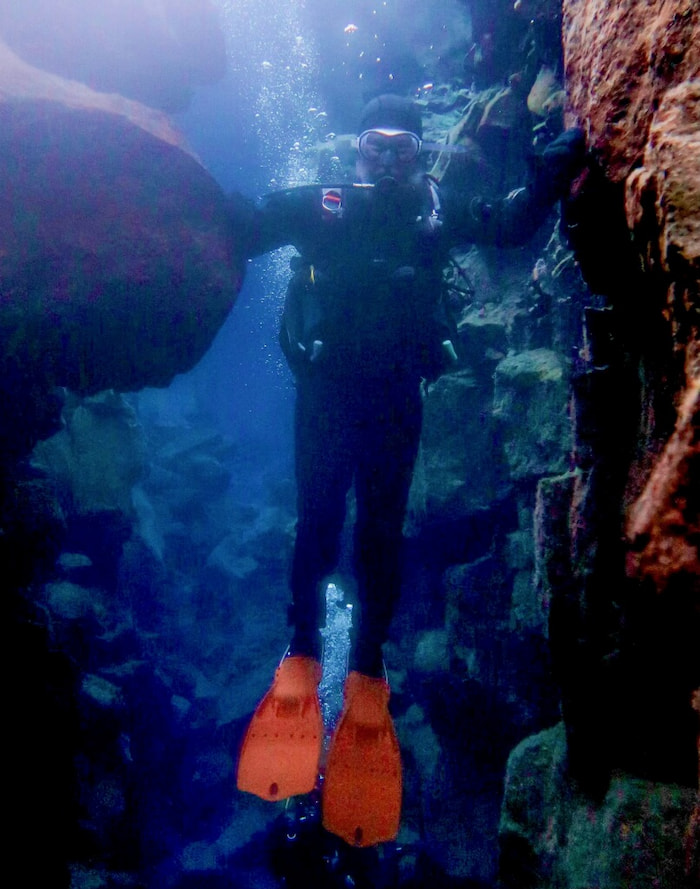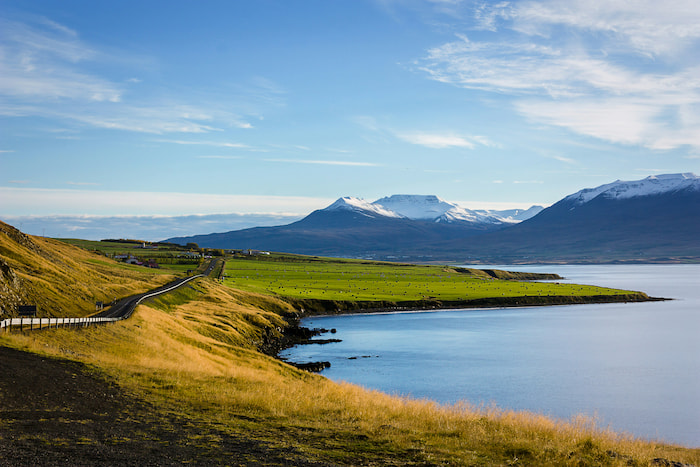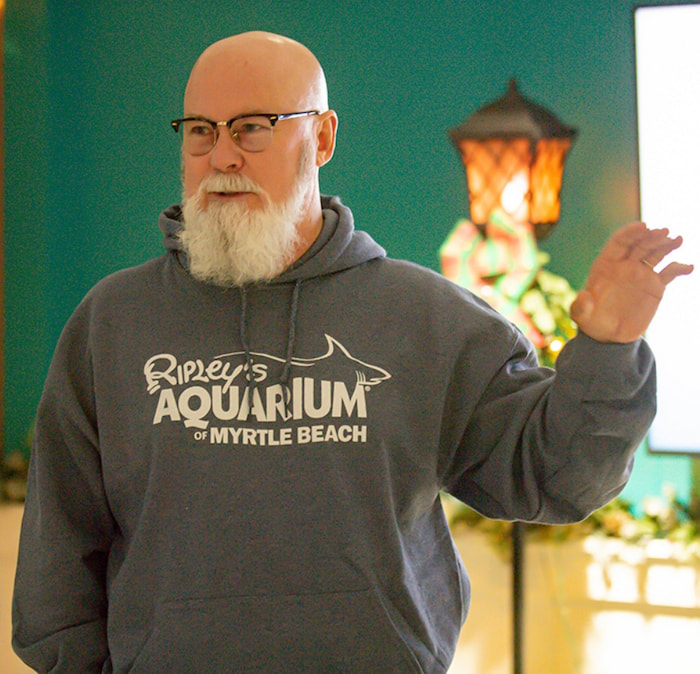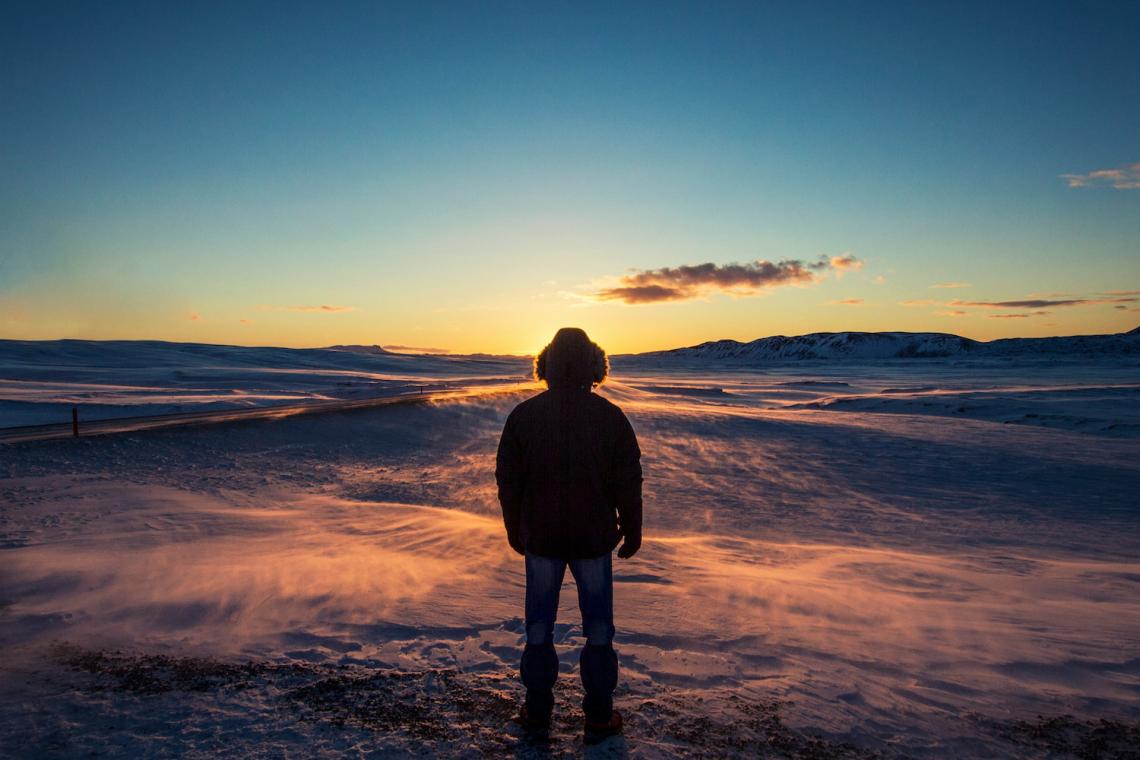Where Vikings and Sandlappers Converge. Iceland, the Fridrikssons, and the necessity of addressing environmental challenges for all of humanity.
Having spent much of the last 40 years, travelling around the globe to witness and engage with environmental concerns, I remain amazed at some of the beauty of the individual biomes I have seen and experienced firsthand. From the Amazon to Sub-Saharan Africa, from the Himalayas to the frozen ice continent of Antarctica, the diversity and yet the interconnectedness of the Lord’s Garden is awe-inspiring to say the least.
Key Considerations
- The best time to visit Iceland is for optimal conditions. Visit in late spring or early summer when the weather is mild and the days are long.
- Diving Opportunities: Book your SCUBA dive between tectonic plates in advance. If you are not a SCUBA diver, book snorkelling or other activities. Silfra is one of the park’s most popular spots.
- Take a guided tour to fully appreciate the historical and geological significance of the park.
- Sustainability Tips: Respect the natural environment by following designated trails, minimizing waste, and supporting local conservation efforts.
The famous naturalist John Muir reminded the world that “when we try to pick out anything by itself, we find it hitched to everything else in the Universe." I have witnessed this interconnectedness in many instances.

The Geological Marvels of Þingvellir
To gain a greater understanding of naturally occurring greenhouse gases, I travelled to Iceland in 2010 to climb partially up and witness the eruption of the Iceland volcano Eyjafjallajökull, which melted a 250-meter-thick ice cap on the volcano and temporarily closed air travel from Europe to North America. The world was then reminded that we have only one atmosphere. Of note, while scientists calculated the volcano emitted about 150,000 tons of CO2 each day, these emissions were counterbalanced by an estimated 2.8-million-ton reduction of carbon dioxide due to the grounding of transatlantic flights.
No place on earth that I have visited has the extremes of volcanic eruptions and glaciers like Iceland. Here on the continent of “fire and ice” we find unimaginable ecological beauty combined with tremendous human resourcefulness.
Touch Two Continents: A Unique Scuba Diving Experience at Þingvellir Tectonic Plates
The island nation of approximately 40,000 square miles has 130 volcanoes and 10,000 waterfalls. It sits on top of the Mid-Atlantic ridge where the North American and EuroAsian tectonic plates and continents come together. Iceland is far enough north to be covered by snow, however, the heat generated by the Mid-Atlantic Ridge keeps the country in a constant state of thaw.
On our recent excursion to Iceland, I enjoyed SCUBA diving deep between the tectonic plates and touching both continents at the same time. Not a SCUBA diver? Some tours offer snorkelling and other activities. The dive site sits within the Thingvellir national park which is the site of the first parliament of Iceland beginning in the year 874 A.D. and the oldest parliament on earth.

A Walk Through History: Iceland’s First Parliament
Iceland has distinguished itself as a global leader in sustainable energy, where 100 percent of its energy generation is carbon-less sustainable energy. The high level of heat and activity in proximity to the volcanos create opportunities for geothermal energy, which represents 30 percent of the energy generation, with the remaining 70 percent generated by hydroelectric.
Prior to our expedition aboard a Windstar Cruise to circumnavigate Iceland, I met with Member of Parliament Johann Fridriksson for a private tour of Parliament and a discussion of the conservation objectives of Iceland. Fridriksson also sits on the NATO Parliament.
Sustainable Tourism in Iceland
Since the Vikings' days, Icelanders have learned how to conserve and survive. Today, Iceland serves as a global model for conservation and economic development. With a population of only 376,248, Iceland plays host to approximately two million tourists each year, largely coming to tour its beautiful and diverse environment.
Iceland proudly supports sustainable tourism, a form of tourism that considers the environmental, social, and economic impacts of tourism and is defined as "the tourism that does not have a negative impact on the environment and local communities where it took place" (UNWTO, 2014).

Iceland is a country that has been able to preserve its natural environment while still allowing tourism to grow exponentially. This has been made possible by implementing policies that promote sustainable tourism such as regulating the number of visitors to certain areas, developing infrastructure that is environmentally friendly, and promoting the use of public transportation. Iceland has also worked to educate tourists on how to visit the country in a sustainable way. Iceland’s unimaginable natural beauty and robust economic development have dispelled the narrative that you cannot enjoy economic and environmental sustainability concurrently. Their economy is booming as they work aggressively to protect their beautiful environment.
Conservation and protection of Iceland’s natural beauty and its flora and fauna are deeply embedded into Icelandic policy. For example, using the best science, Iceland’s government manages its fisheries carefully and is considered one of the most technologically advanced, efficient and sustainable in the world. Furthermore, Iceland was one of the first countries in the world to protect its marine stocks through harvest-control rules and catch-limitation practices for its fisheries management systems.
The Sandlappers of South Carolina and the Vikings of Iceland converge at the intersection of economic and environmental sustainability. Fridriksson is a two-time alumnus of the University of South Carolina, where his brother, Dr. Julius Fridriksson, now serves as vice president of Research.
Dr. Fridriksson is the brain of S.C. Nexus, which now serves as a catalyst for Palmetto State’s march toward global leadership in sustainable energy and clean manufacturing.

Thom Mullikin and his wife Virginia Ann Mullikin
Dr. Fridriksson, working against all odds, assembled a large coalition of Palmetto State leaders and positioned South Carolina to be a world-class leader in advanced energy, with a focus on cyber-secure grid resilience technologies through establishment of SC Nexus. This initiative is poised to leverage the region’s manufacturing base, research capabilities, and public-private collaboration to innovate and commercializing emerging energy storage materials and manufacturing techniques, including integration of renewable energy and storage into the state’s electricity systems. SC Nexus will make a major contribution to economic and national security by enabling greater deployment of distributed energy resources that will fortify energy supplies, promote decarbonization, and reduce grid disruptions.
A greater awareness of the resourcefulness of Icelanders and their historic global influence allows for an understanding of the vast impact of this Icelandic family and the synergies associated with their experiences in Iceland and South Carolina. South Carolina has had one of the largest reductions in anthropogenic interference (greenhouse gases) while enjoying a rapidly expanding economy, and it now hosts four electric vehicle manufacturers. Both Julius and Jóhann are leaders showing the world meaningful leadership for humanity.
South Carolina is one of the most beautiful places on earth – similar to Iceland – with stunning mountains and beautiful beaches. The Sandlapper, much like the Icelander, is deeply engaged and involved in conservation and environmental protection. South Carolina, a state of only 20.5 million acres, already has 3.5 million acres under conservation and is moving toward its goal of conserving 10 million acres. To witness the two Icelanders and USC graduates bring together a blue-collar determination – one to his nation and the world – and the other to his adopted state and nation – is historic and exciting. While our natural challenges are great, we have great leaders ready to bring a new and exciting generation of leadership to protect all of humanity.
Conclusion
Þingvellir National Park offers a unique combination of natural beauty and historical depth. Whether you’re an adventure seeker, a history enthusiast, or a nature lover, Þingvellir promises an unforgettable experience.

– Dr. Thomas Stowe “Tom” Mullikin is a global expedition leader, attorney, university professor, former U.S. Army officer, and retired two-star commander of the S.C. State Guard. He serves as chair of the gubernatorially established S.C. Floodwater Commission and is the leader of the annual SC7 Expedition from the mountains of South Carolina to the sea. Dr. Mullikin recently concluded an exploratory mission in Ecuador from Mount Chimborazo in the Andes to the famed Galapagos Islands, followed by a trip to Iceland.


